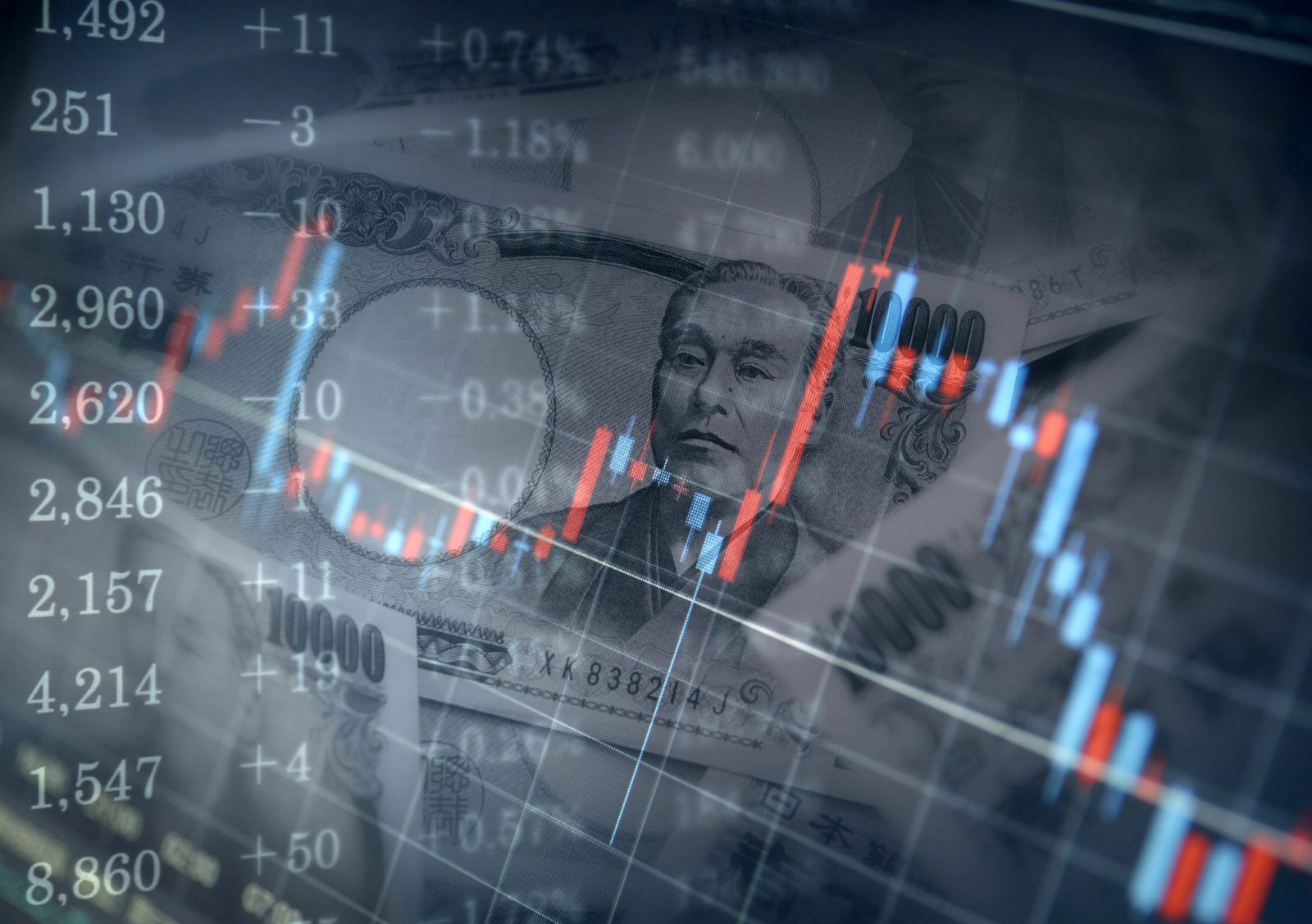/Amazon%20Box%20Delivery.jpg)
Amazon (AMZN) stock shows a large unusual options activity with calls expiring Sept. 15, 2023. As the strike price is deep in the money, it shows the institutional investor is very bullish on AMZN stock. I recently wrote about how AMZN stock looks attractive now to value investors.
The stock price is down almost 13% in the past month and so far this year it's off over 51.7%, including a 27.3% decline in the last 6 months. Some think that it may have been overdone, especially if the company can weather a potential recession next year.
As a result, one way to conservatively play this is to buy longer-term deeply in-the-money calls. That way, there is a good deal of intrinsic value left in the call premium. Moreover, in case the stock can rebound, the investor gets all the benefits of owning the shares outright, albeit a lower overall dollar cost.
Deep In-the-Money AMZN Calls
For example, an institutional investor just bought 2,338 AMZN stock call option contracts that expire on Sept. 15, 2023. This is based on Barchart's Unusual Stock Options Activity Report on mid-day Dec. 28. Since the strike price was $50.00, which is $32.92 below the price today at $82.92 per share. Since they paid only $36.63 at the midprice for these calls, there is a huge amount of intrinsic value in the investment.
That means that $32.92 of the total $36.63 paid has real value, or 90% (i.e., $32.92/$36.63). This is because if AMZN stock stays at $82.92 by Sept. 15, 2023, the calls would close at $32.92. And since there is almost 9 months for this to work out, paying a 10% premium over today's price does not seem too excessive.

Here is why. The investor paid just $8.564 million (i.e., $36.63 x 2,338 x 100) to control 233,800 shares in AMZN. If they bought those shares right now the investor would have to pay $19.386 million (i.e., 233,800 x $82.92).
Leverage Benefits and Risks
That means they have leveraged their money by 226% (i.e., $19.386m / $8.564 m). So let's look at what could happen by Sept. 15.
To be optimistic, let's say that the stock rises over the breakeven point of $86.63 (i.e., $50+cost of options at $36.63) by then. If it goes up to $100 or a gain of 20.5% by Sept. 15, the calls will be worth $50.00 per contract ($100-$50 strike). This means that the investor will make 36.5% on his investment or $13.37 per call (i.e., $50-$36.63). This results in a dollar gain of $3.125 million (i.e., $13.37 x 2,338 x 100).
But if the investor had to buy 233,800 shares, his return on investment would be $3.994 million on $19.386 million invested. That is a measly return of just 20.6% during the same period. So in effect, the investor was able to spike his return, i.e., 36.5% vs 20.6%, but involves much less dollar investment (i.e., $8.564 million vs. $19.386 million invested).
On the downside, if the stock falls to $70, the calls would still be worth $20 by Sept. 15, 2023. However, that is a huge loss, $16.63/$36.63, or 45.4% in realized losses by expiration. The long stock investor would have just a 15.58% unrealized gain (i.e., $12.92/$82.92). So, this means that the call investor has a higher degree of risk.
Nevertheless, the dollar loss would be only slightly higher for the call investor, i.e., $3.88 million vs. $3.02 million for the long stock investor. This is why paying a 10% premium for these long-dated calls is probably worth it for an enterprising investor.
More Stock Market News from Barchart
- China’s Economy May Struggle Early Next Year
- Stocks Higher on Cautious China-Opening Optimism
- Unusual Options Activity Points to Turbulence for Southwest Airlines (LUV)
- Markets Today: Stocks Slightly Higher as Tesla Rebounds and Bond Yields Fall
On the date of publication, Mark R. Hake, CFA did not have (either directly or indirectly) positions in any of the securities mentioned in this article. All information and data in this article is solely for informational purposes.


/Alphabet%20(Google)%20Image%20by%20Markus%20Mainka%20via%20Shutterstock.jpg)
/Netflix%20on%20tv%20with%20remote%20by%20freestocks%20via%20Unsplash.jpg)

/Broadcom%20Inc%20logo%20on%20building-by%20Poetra_%20RH%20via%20Shutterstock.jpg)
